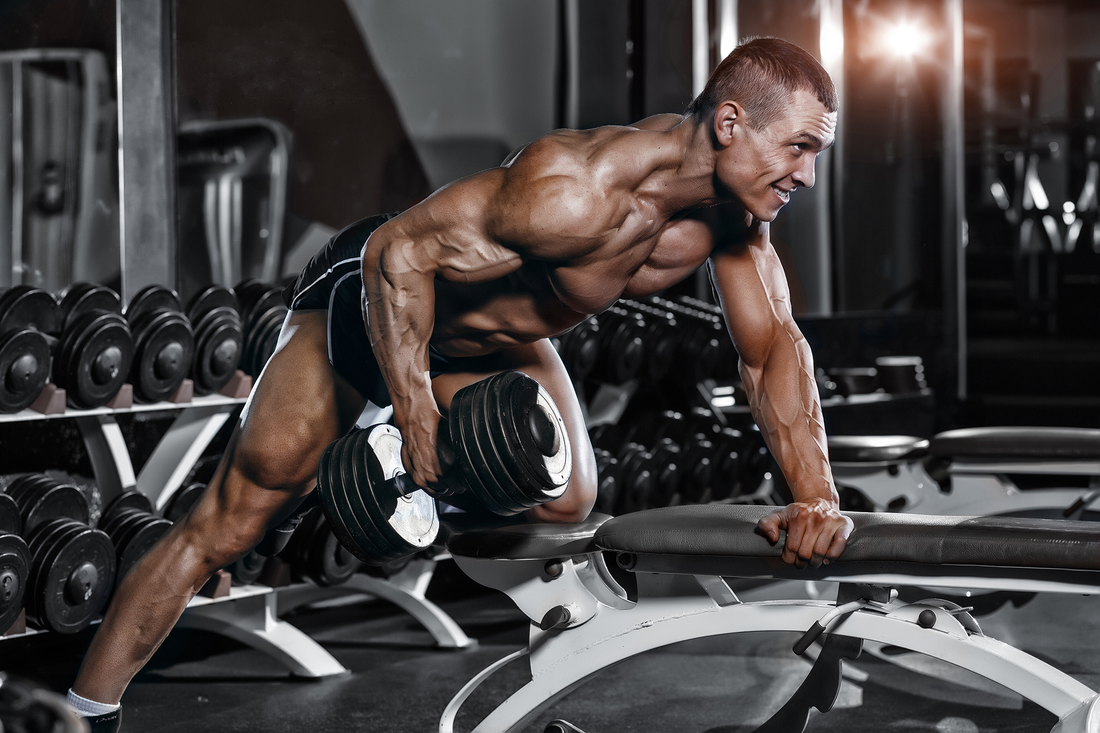When you’re tall, it seems like everything in the world is easier, isn’t it? Studies show you make more money. The opposite gender always notices you. You’re always picked first in sports and well, nobody ever seems to overlook you in life. Being tall is one of the best gifts a person can have bestowed upon them, having done absolutely nothing but show up to be born in order to receive such a genetic gift. Everything from the gym to getting the girl to making the grade is easy when you’re tall, right?
Well, at least that’s what the rest of the world thinks. But this isn’t always the case. First off, you’re not as blessed as everyone would like to believe when it comes to lifting weights. Sure, some sports may come to you easier. But lifting weights is certainly NOT one of these sports. Those little 5 foot 3 guys build muscle and move the weights on the bench press WAY easier than your long-limped self. Certain laws of physics are on your side, but when it comes to moving heavy weights, the long fulcrums definitely do not work in your favor. Sports like CrossFit are dominate by athletes who are below 5 foot 10, simply because the tasks they are given are more quickly completed over a smaller range of motion by shorter, thicker guys. Tall athletes with thick muscle bellies are exceedingly rare. However, you can build up your body. Let’s check out how.

Stay lean
If you’re naturally a super-skinny person, this part may come easy to you. However, if you do tend to be both “big” AND “tall”, then you will want to make sure you don’t let that midsection get too far out of control. While a smaller, shorter person might get a little belly going on and add ten pounds, that can be 20 or more pounds on your longer frame. Losing that weight will require a lot of dieting and cardio, so it’s easier to stay leaner in the first place!

Closer grips
Being a taller athlete, you are going to have longer arms. This means you’ll be spread just a bit wider when it comes to grip on movements such as bench press or military press in order to attain proper leverage to move the weight. Unfortunately, this places you in a very dangerous position and greatly increases your risk of shoulder injury. If you wish to exert the most power upon a bar to move it upwards, you should be pressing, well, straight upward. Being taller and placing your hands at a wider angle serves the exact opposite purpose. You can work to solve this problem by using a little less weight and applying a bit less ego, and letting your hands move atad closer than you’d like. On dumbbell presses, you can also rotate the humerus in order to externally rotate, sticking with a neutral grip.
Re-examine the range of motion on the pulls
On movements such as chins and pull-ups, many of the rules which apply to your shorter brethren simply aren’t going to apply to you. All along, you’ve likely been lectured about executing the complete range of motion on important back-building exercises like these. On pull-ups, your face should move above your body until it clears the bar, correct? Your chest should touch the bar as you complete each repetition. And this is easy for the shorter lifters with shot arms. You, however, have a lat which attaches at a much higher position on your back. You’re reaching peak contraction at a point where your elbow is still a bit further from your torso. When you reach this point, it’s time to pause for just a second, then lower your body. Consider that repetition to be complete, as you have reached the point of peak contraction. Anything past that, forcing a greater range of motion, is going to recruit other joints and tendons which have no business being a part of this exercise. Keep it safe and use your energy wisely by stopping just before the top, if you’re 6 foot tall and trying to complete pull-ups!

Remember to isolate
A lot of the taller athletes you’ll see in the gym will be dedicating the bulk of their time to adding long muscle to their long frame. They’ll usually be implementing heavy, compound exercises to do this. After all, they need these heavy movements perhaps more than their shorter training buddies, right? Adding muscle using the “big three” of squats, deadlifts and bench press should be a part of your weekly plan. However, the bigger you get, the more you will be exposed, if you are lacking in some key developmental areas. Therefore it is important for you to keep showing up for those isolation movements, no matter how uninteresting they may be at times! Weak biceps peak, underdeveloped calves, shoulders that don’t split – they WILL show when you’re in a posedown against a shorter, thicker athlete. Dedicate ¼ of your training time to strict isolation work in order to etch fine detail into your muscle groups.
You’re tall. The world is your oyster. You can continue being the big man on campus, getting the girl, and winning out at the end of the day. Only now, you no longer have to be bested by the shorter, thicker athletes in the gym who use their leverage to beat you out in terms of lifting heavy and building lean muscle. Go get em, tiger!


